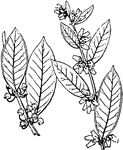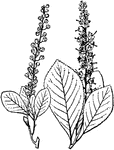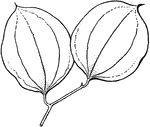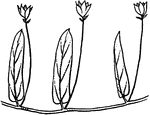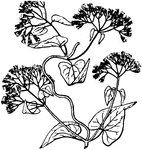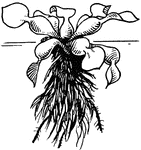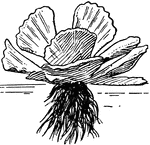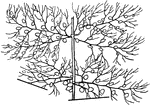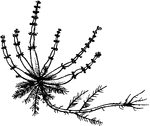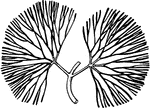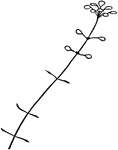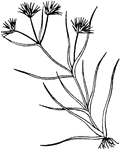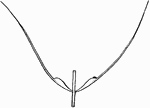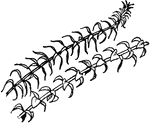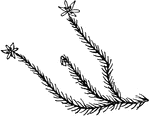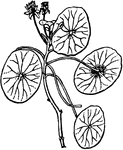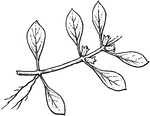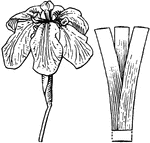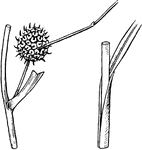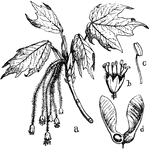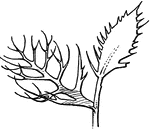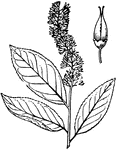
Itea
Sepals not pubescent or only slightly so; fruit a linear, two grooved capsule; leaves elliptic.

Heteranthera
Leaves without midribs evident when examined against transmitted light; flowers yellow.
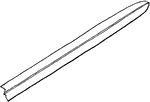
Potamogeton
Leaves with midribs evident when examined against light; flowers inconspicuous, not yellow.

Order of the Cincinnati
"Order of the Cincinnati. This was drawn from an original in the possession of Edward Phalon, Esq.,…

Battle of Shiloh
"Battle of Shiloh, or Pittsburg Landing, left wing- the woods on fire during the engagement of Sunday,…
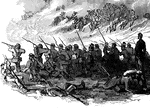
Battle of Shiloh
"Battle of Shiloh, or Pittsburg Landing, left wing- the woods on fire during the engagement of Sunday,…

Acanthus
"A genus of small herbaceous plants of southern Europe and Africa; they have spinosely toothed leaves,…

Acanthus
"A genus of small herbaceous plants of southern Europe and Africa; they have spinosely toothed leaves,…

Acanthus
"A genus of small herbaceous plants of southern Europe and Africa; they have spinosely toothed leaves,…
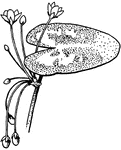
Nymphoides
Leaves small, mostly less than 15cm. long, heart-shaped; flowers white and less than 2.5cm across.

Nemastylis
Flowers violet, over 3cm scross; leaves equitant at base; that is coming in two ranks, making the base…

Xyris
Leaves smaller, rigid; small yellow flowers gathered in dense heads at top of naked stalk, each subtended…

Sagittaria
Leaves from base of scape bearing evident white flowers in racemes; roots without crss-constrictions.
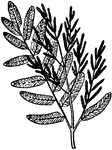
Osmunda
Spores borne on terminal modified leaves; divisions of the leaf larger, more than 2 cm long.
